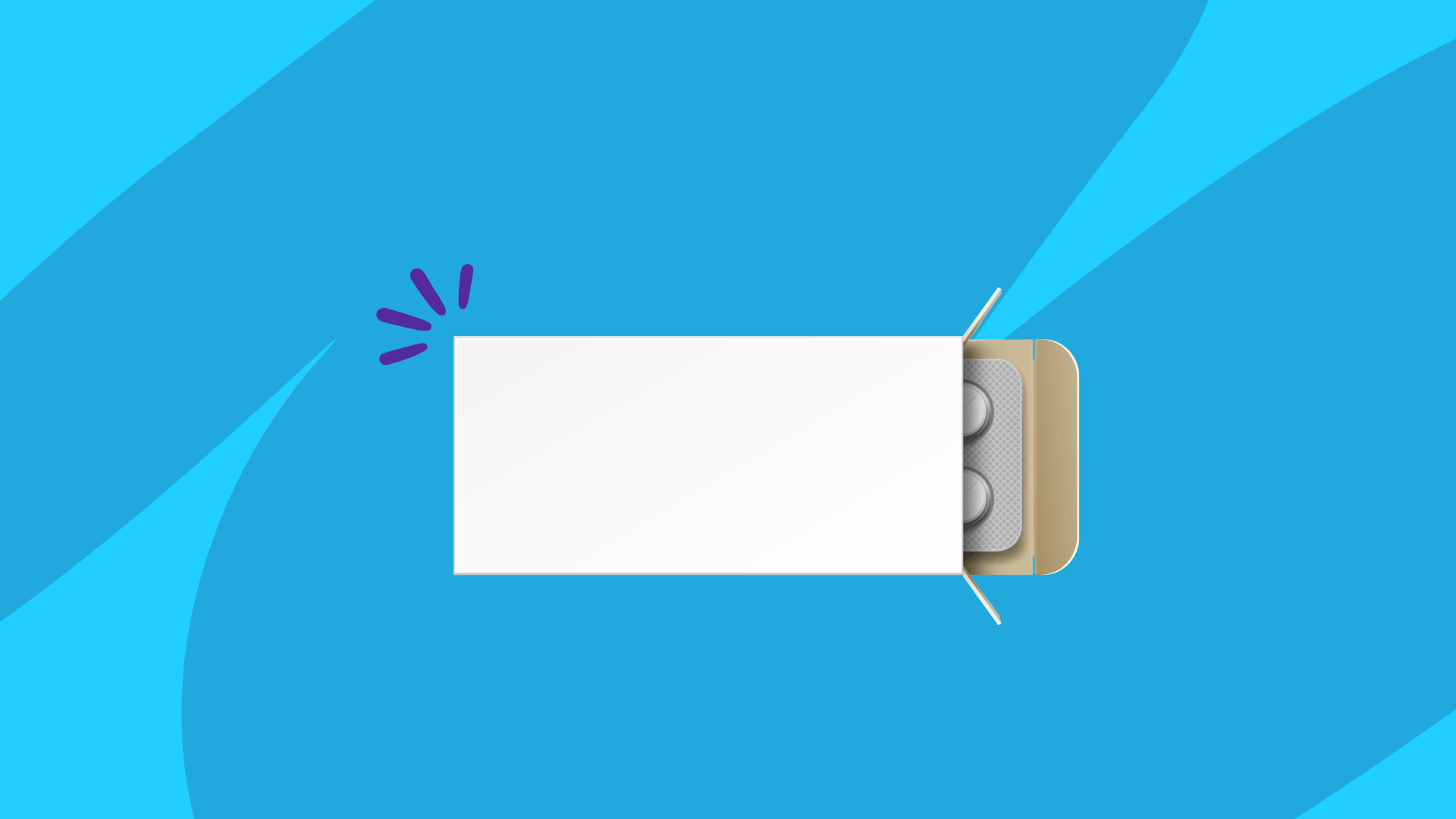You may have had Zofran (ondansetron) prescribed to you for nausea after a particularly bad stomach flu, gastroenteritis, or food poisoning, but it is most often known as a chemotherapy drug. However, if your child is having severe nausea or vomiting, you may want to do anything in your power to make their symptoms stop and give them a chance to rehydrate and recover. Here, we go over if Zofran may be an option for children.
What is Zofran?
Zofran (ondansetron) is commonly prescribed in hospital settings like emergency rooms for severe vomiting or to prevent nausea and vomiting in people who are undergoing chemotherapy. The dosage will vary based on the person, including for children. Zofran has been approved for children as young as 6 months—but you should never give it to a child without their own prescription.
Zofran for kids
Zofran is prescribed for children with vomiting who are unable to keep food or fluids down so they can regain their strength as they get better.
“Zofran is useful in kids with stomach bugs where the main symptom is vomiting as it is an antiemetic (anti-vomiting) drug,” says Pierrette Mimi Poinsett, MD, a pediatrician and consultant for Mom Loves Best. “Zofran makes it possible for a child to keep fluids down and prevent dehydration. This is known as supportive care. Zofran does not treat the stomach bug directly.”
But in stomach bugs where children are experiencing diarrhea, Zofran should be avoided. “Zofran can cause diarrhea and may make diarrhea worse,” Dr. Poinsett says. Since many stomach bugs often have vomiting and diarrhea, this means that Zofran may not always be the best drug for alleviating common stomach flu symptoms.
In fact, Zofran should really be a used as a last resort in the case of stomach bugs “because it slows the gut motility,” explains Aniruddh Setya, MD, a pediatric gastroenterologist at
Kidz Medical Services. Dr. Setya also adds that Zofran can slow down the time to expel the toxin or virus, which would cause more harm than benefit.
Even though it is hard to watch your child suffer, getting rid of the virus is an important part of the healing process. Before Zofran, first try alternative supportive care such as sipping water, broth, electrolyte drinks, Pedialyte, Ensure, and other fluids, or eating bland foods like gelatin, applesauce, popsicles, or crackers. “Wait 30 minutes to an hour after vomiting before giving fluids or soft foods,” Dr. Poinsett says.
In addition to stomach bugs, Zofran might be prescribed for a child after having surgery if they are feeling nauseated from anesthesia. It also might be prescribed for a child going through cancer treatment if they experience nausea as a side effect of chemotherapy.
Always follow healthcare provider recommendations on the use of Zofran as there are some associated risks and contraindications outlined below.
Zofran side effects
Zofran is usually safe to use, but it does have some common side effects, including:
- Dizziness
- Constipation
- Diarrhea
- Tiredness
- Weakness
- Headache
If your child is not tolerating the side effects well, you suspect they are allergic to Zofran, or their vomiting or nausea is not getting better, contact your healthcare provider for additional advice or treatment.
Zofran risks, warnings, contraindications
As with any medication, there are several risks associated with taking Zofran. Some medications and health conditions are contraindicated with Zofran so give your child’s full medical history to all healthcare providers.
“Zofran can potentially cause changes in the heart rhythm—known as QT prolongation—and slowing of the heart rate, which can be detrimental to a child, especially those with an underlying, undiagnosed cardiac illness or electrolyte disturbances,” Dr. Setya says. Speak to your healthcare provider about any cardiac health concerns you have before starting a new medication with your child.
Some people are allergic to Zofran so look out for potential signs of allergic reaction:
- Rash
- Dizziness
- Trouble breathing
- Itching
- swelling, especially in the mouth, tongue, or throat
Seek medical attention immediately if you notice these symptoms in your child.
Alternative anti-nausea treatments
Besides comfort care, there are other medications for nausea and vomiting, called antiemetics, that may help people who are unable to keep food or water down.
Other medications, some of which are over the counter and some may be prescribed, include:
However, many of these medications are not recommended for children under the age of 12 and you should never give any medication to a child or take medication for the first time without consulting your healthcare provider.
There are some natural antiemetics, which can be used as tolerated by your child. These include:
- Eating ginger or cumin
- Smelling lemon
- Eating or smelling peppermint
- Acupuncture or acupressure
- Deep breathing
READ NEXT: What can you take for nausea relief? 20 nausea medications and remedies











